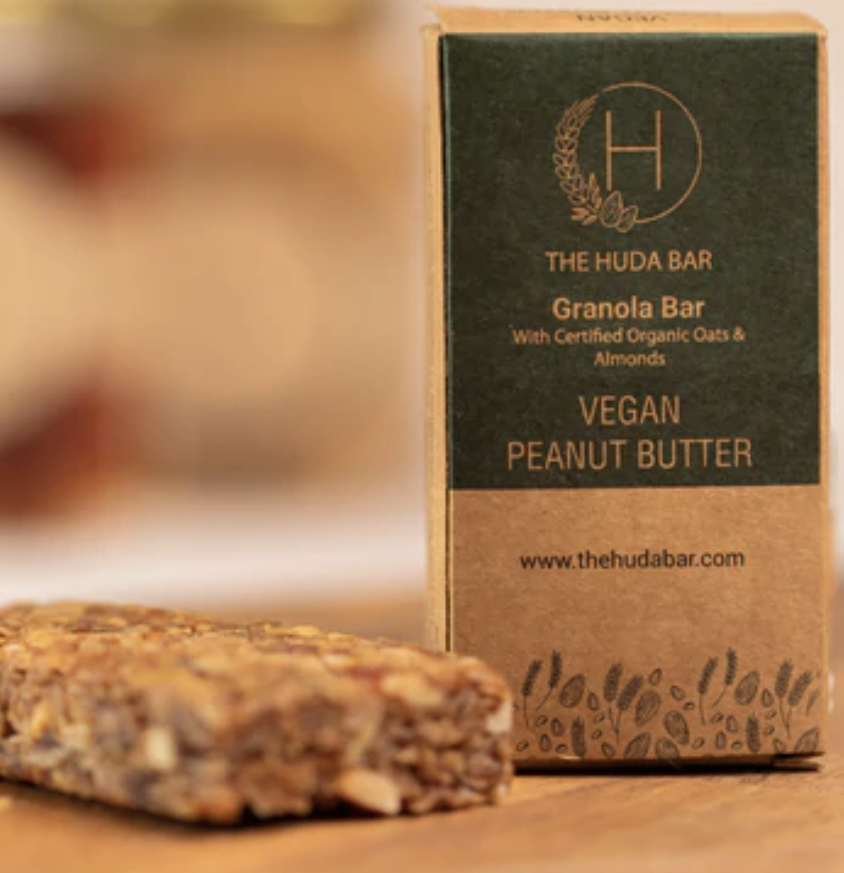My journey towards packaging.
The INCO 2022 first session which took place on March 14th 2022 at DOT SCHOOL OF DESIGN. This talk was initiated by Huda Masood who is an organic travel food researcher and director of Maskum Adventure Food. She is focused on optimal nutrition and zero waste production and packaging. To ensure value addition and upliftment of local economies, works closely with local farmer-producers. She is also a highly experienced Research and Development Consultant with a track record of success in the product development field. She started out as a dentist, but quickly realized she wasn’t cut out for it.
After earning her master’s degree in regenerative medicine, she discovered her purpose in stem cell research. She is also the founder of Maskum Adventure foods that produce nutrition bars. She says that her business is with a purpose of making nutritious food accessible to everyone.
Huda explains how packaging is really important for the food but also for the environment. For the packing of the nutrition bar, she avoids using plastic packaging, instead wrapping each bar with butter paper and labeling it with the right tag before placing it in a resealable Ziploc bag. If she wanted to move upmarket, she’d have to work with distributors, merchants who would want “abuse-proof” packaging for longer shelf life. And that would be in direct opposition to her beliefs.
“To put it simply, I am devoted to recyclable or biodegradable packaging and refuse to contribute to landfills.” It has proven a roadblock to growth. I believe that informing customers that metallized plastic may only be burnt or buried is a chance to educate them. “It’s not biodegradable,” she explains.
Materials used for food packing in India have a lot of aspects to be kept under control. Huda explains the various tests the food packing packet is examined with, but with an ultimate result in forming non degradable substances that cause landfills. Huda’s adversary has always been packaging. She battled greatly with it, especially when she came across anything that wasn’t biodegradable or recyclable on the street, in a landfill, or in a rubbish pile.
Metal fused to plastic packaging is utilized in practically all ready-to-eat, mass-produced meals, including chocolates, biscuits, chips, bars, and mixes. That was not something she wanted for The Huda Bar.
Metal fused to plastic – a metallic-looking plastic – is the cheapest way to package food for supermarket shelves, but it is unsustainable and non-recyclable. It can only be buried or burned. Plastic may be recycled even if it isn’t new. When aluminum cans, containers, and foil are recycled instead of being mined, they save 95% of the energy they would have used if they had been mined. 70 percent of aluminum produced in India is recycled constantly. She tries to explain how the packaging of her bar’s are done in a systematic process.
Front labels are generally marketing ploys that might be deceiving. Check the ingredients list on the back of the package. List of Ingredients after that, check through the components list thoroughly. The quantities are usually given in the order in which they were utilized, from highest to lowest.
The first ingredient is the one that has been utilized the most by the maker. Take notice of the serving sizes, as well. The calories and nutrients in a single serving size are generally listed on the label. The packed portion, on the other hand, might be greater or smaller than a single serving. As a result, you’ll need to multiply each portion by the serving size to figure out how much you’ll be eating.
Post to the discussion Q/A session was open to the audience Huda was asked to elaborate on how packaging can communicate to the customer and yet be sustainable in nature. Understanding the knowledge of the students she aptly gave examples of processed potato chips like lays and the local potato chips sold at the local hot shops.
Explains the students about the 3 layers of packaging and also the single contact of plastic with its adverse effect on the health quotient of the people.
The session came to an end with an informative discussion on the right way of sustainable packaging of food products. The energy of both the speaker and the audience was worth all the effort. As a token of appreciation DOT SCHOOL OF DESIGN had gifted the speaker an memento.
TO KNOW MORE ABOUT INCO PLEASE READ!

